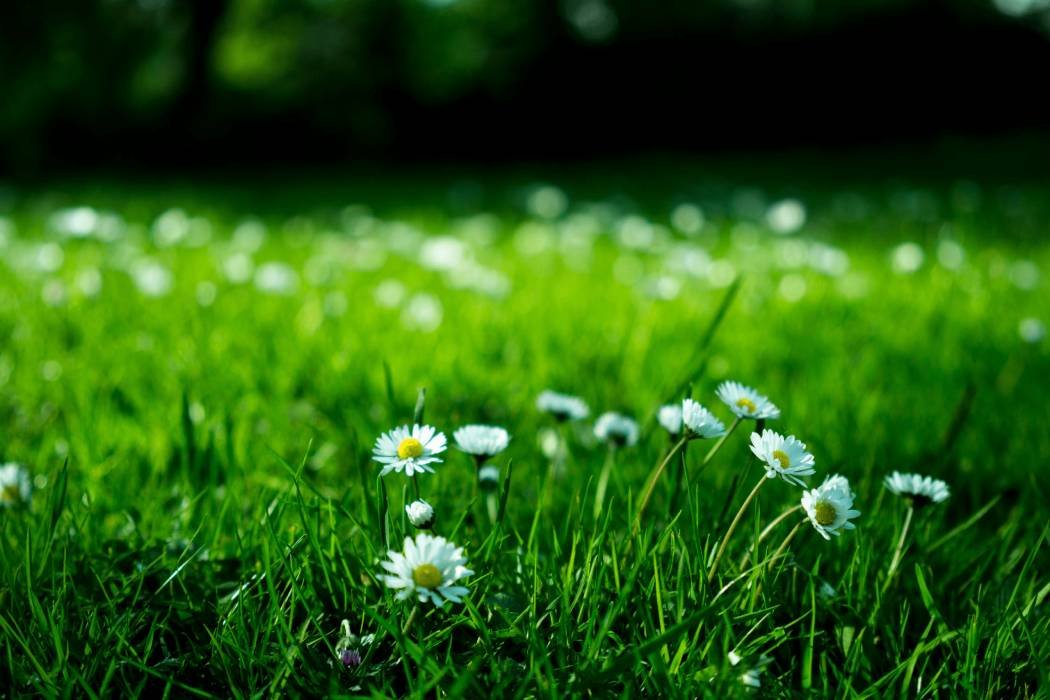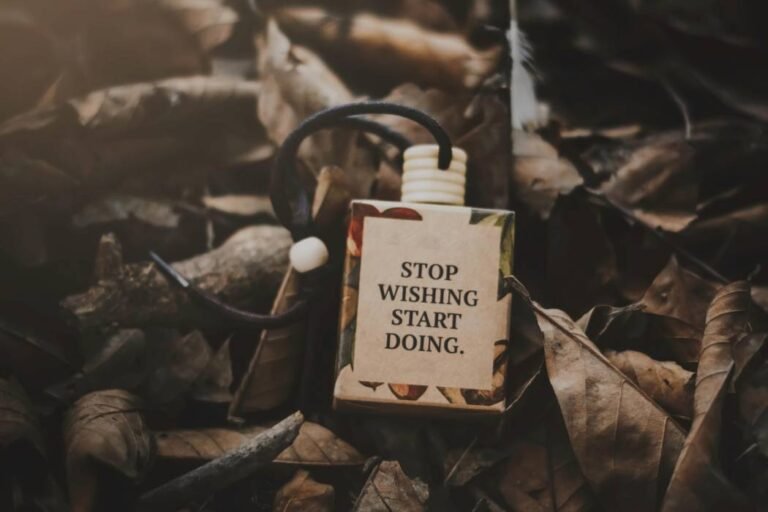The one hobby that keeps many people engaged in their lives is gardening and it is one of the most fulfilling and rewarding hobbies that helps connect humans with nature and also provides people with fresh crops that can be consumed providing a healthy organic meal. It also increases the beauty of the world around us. Gardening for beginners may be something that frightens them at the beginning but once you understand the correct approach and get real knowledge of the process of gardening, it is something that can be cultivated and a garden can thrive. This is one comprehensive guide for all you beginners out there looking to get success in gardening.
1. First, understand the space of the garden.
Before planting your first plant, it is significant that you understand the place where you are planting. It could be a small balcony, a lawn, or a backyard but every space out there can have a potential.
The first process here is to assess the light and observe how the sunlight affects your garden. It is important to see if the garden is receiving sunlight and if so, what the time of the sunlight will be reaching your garden. Some plants grow in sunlight and some plants need partial sunlight or shade depending on the sunlight, you can then decide the plants you want to grow.
The type of soil is another thing that you need to understand as the soil texture will play a very important role in deciding the kind of plants that are likely to survive and thrive in the soil. You need to know whether it is loamy, sandy, or clay.
The climate in the region is another aspect that needs research. This also includes an understanding of the temperatures, the frost dates, and the patterns of rainfall. The climate locally is going to dictate the plants that are going to grow successfully.
2. Garden planning
After you have gained a certain element of knowledge about your space, the next step that you are going to have to make I making a plant. A well-thought-out plan must be made because it is going to save a lot of effort when it comes to actual execution.
The first process here is to select the plants that will grow better in your space and climate. Beginners always have trouble finding the plants that will suit their climate and it is good advice for every beginner to go for plants that will grow easily such as basil, marigolds, and tomatoes. Once they learn the finer aspects of growing plants, they can switch to the more difficult plants. It is also good practice to go for the more native plants as they are more adapted to the local conditions than the others.
Another aspect of designing your garden is to sketch a layout of the garden. There are options available like planting companions where there are certain plants that may be placed next to each other for them to benefit each other.
Another thing that must be taken into consideration while beginning gardening is to make sure that you do not experiment too much too early. Start with one portion of the garden and then grow into it as you grow more proficient.
3. Preparation of soil
One of the basic tools to grow your garden is to have a healthy foundation of soil. The preparation of the soil is among the most significant properties that create a difference in the growth of plants. Any weeds, rocks, and debris must be removed from the area of the garden that will help the plants get the nutrition intended for them.
Soil should be tested for the pH and the nutrient levels. Many garden centers happen to give testing kits that are extremely inexpensive but you might have to add components like lime, compost, or others for the optimal environment of growth.
You may also go on to add organic matter which will enrich the soil and stuff such as leaf mold and compost will improve the structure of the soil that will be increasing the essential nutrients in the plant.
4. Plants and planting
With the soil finally ready, it might be time for you to finally start the process of planting. The important part here is the timing of the planting and the technique of planting. It is important that the planting is done at the right time and that the right spacing and planting depth are used. Watering the plants will also offer a lot of help to the plants as it provides the correct amount of nutrition in the plant that it requires to grow and nourish.
5. Love and care for the garden.
It is never just enough to plant a garden if you want a healthy one. It has to be maintained regularly and the process of watering includes the process of feeding, weeding, and watering as well as monitoring it to keep it away from diseases and pests. Some processes such as watering, where consistent water is added to the plants and soaked appropriately are the key to growing your plants well along with mulching and fertilization
6. Harvesting
The final process here is to soak in the glory of your handy work and enjoy the harvest. Harvesting however isn’t the easiest process as the harvest must be done at the correct time so that the best flavors are received by the plants The process of storing the produce is also key as you cannot let it perish at any cost.
Then you can sit back and enjoy the harvest. While you do that, you must never lose sight of the fact that you will have to continuously grow and learn in this hobby of yours.
Gardening is an extremely fulfilling and enriching hobby that will have its payoff but you must go ahead and do this with a lot of heavy care that will ultimately give you the results you desire from the garden.







Leave a Comment